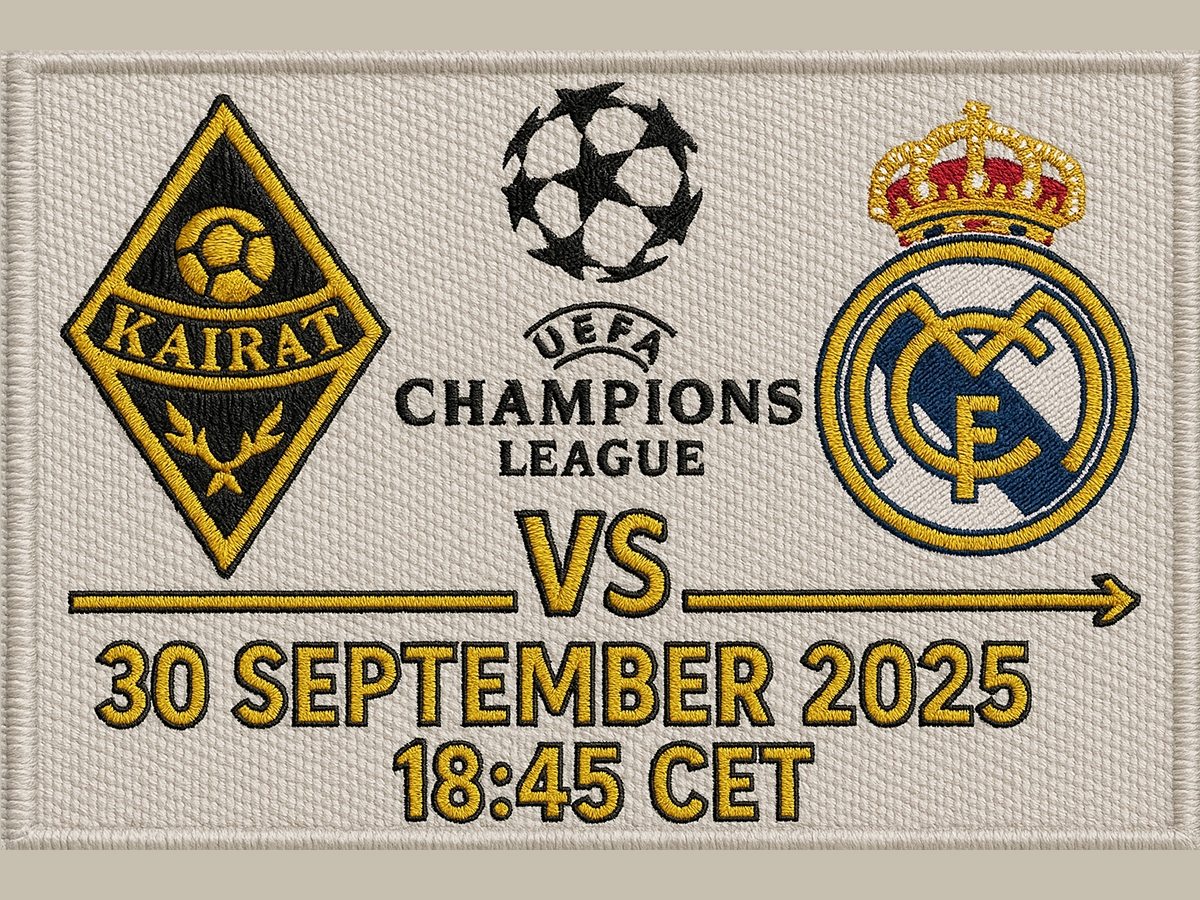
Embroidery has always been more than decoration. Across centuries, it has symbolized identity, culture, and craftsmanship. Today, embroidery is no longer confined to hand-stitching—it has evolved into a digital process that blends creativity with precision. Businesses, sports teams, fashion brands, and individuals now turn to embroidery digitizing, vector art, and custom patches to bring their designs to life. These three services work together to transform a simple sketch or logo into something durable, professional, and visually striking.
Why Embroidery Digitizing Is the First Step
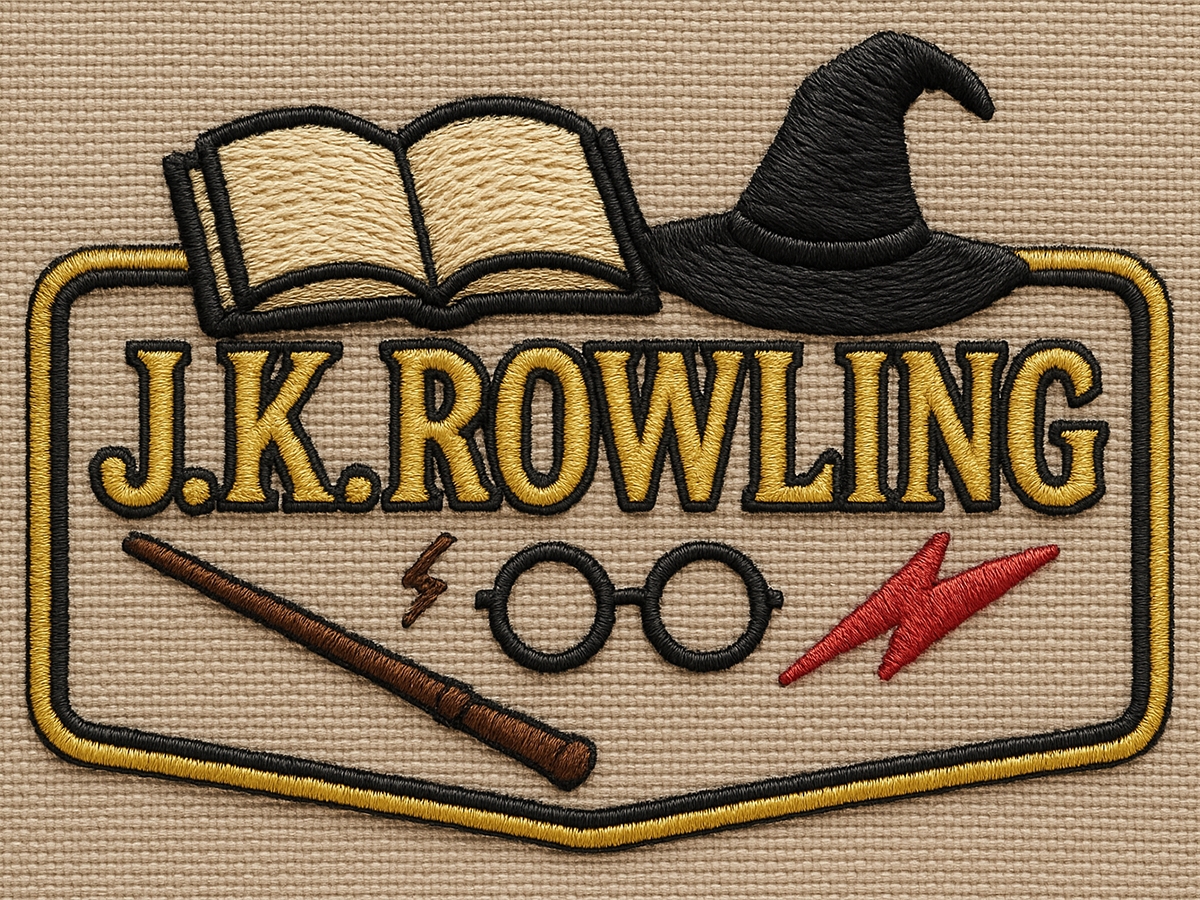
Embroidery digitizing is the process of turning artwork into a stitch file that embroidery machines can read. Unlike a standard image, a digitized embroidery file contains instructions about stitch direction, density, and sequence. Every curve and line must be programmed with accuracy so the final embroidery looks clean and consistent.
Poor digitizing can ruin even the best artwork. Uneven stitches, broken threads, and distorted shapes are often the result of inexperience. Professional digitizing, on the other hand, ensures that small details and complex patterns are reproduced with clarity. For businesses, this means logos look sharp on uniforms and promotional products. For teams, it ensures emblems remain recognizable. For individuals, it turns creative ideas into lasting embroidered pieces.
Digitizing is more than a technical step—it is the foundation of every high-quality embroidery project.
The Role of Vector Art in Preparation
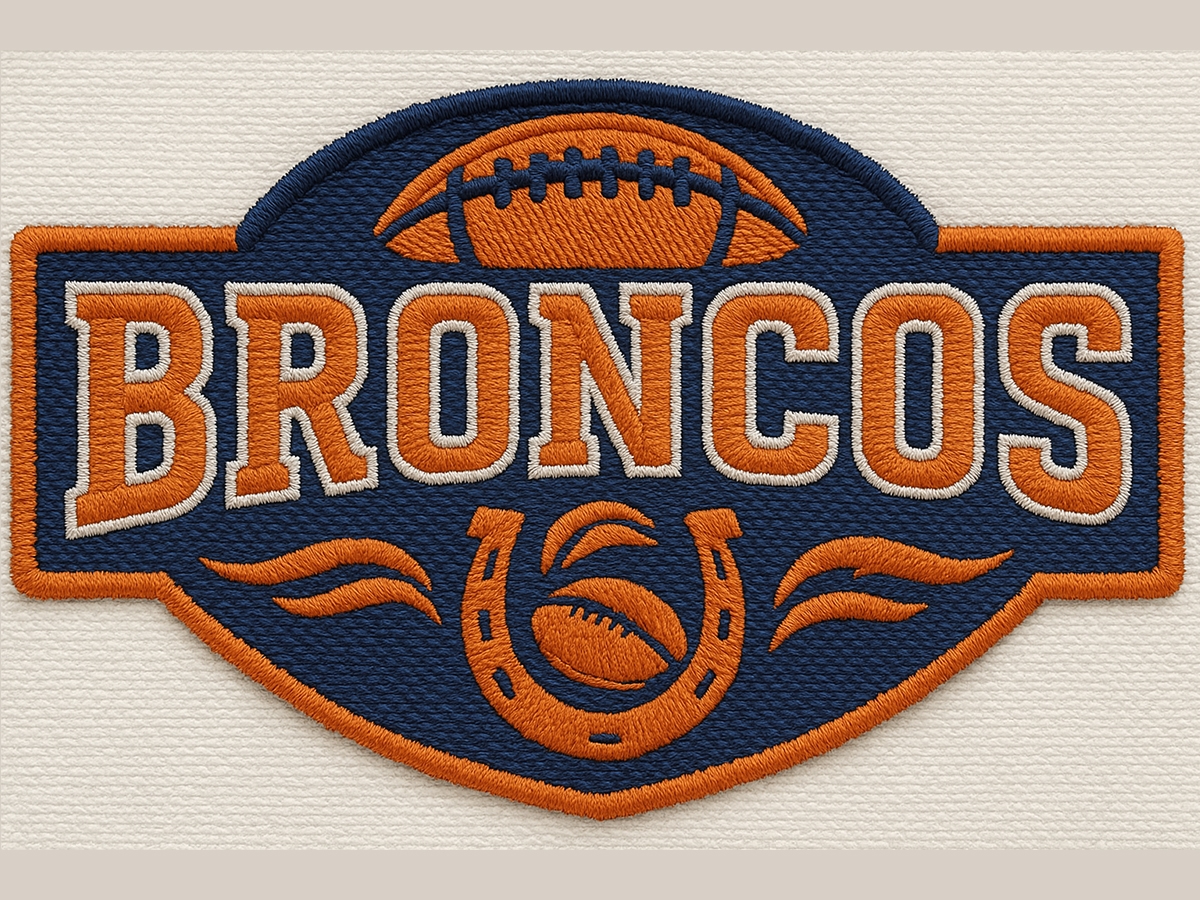
Before embroidery digitizing begins, artwork often needs to be prepared in vector format. Vector art is different from pixel-based images like JPEGs or PNGs. Instead of being made of pixels, vector graphics use mathematical paths, making them scalable without losing quality.
This matters because embroidery designs are often resized for different uses. A logo might appear as a one-inch patch on a cap or a large emblem on a jacket. Without vector art, resizing often causes blurriness and distortion. With vector art, the design remains sharp and clean no matter the size.
Vector files also make it easier to edit designs. Colors can be adjusted to match embroidery threads, outlines can be refined, and unnecessary details can be simplified. By starting with vector art, the digitizing process becomes smoother, and the final embroidery matches the original creative vision.
Why Custom Patches Are Popular Everywhere
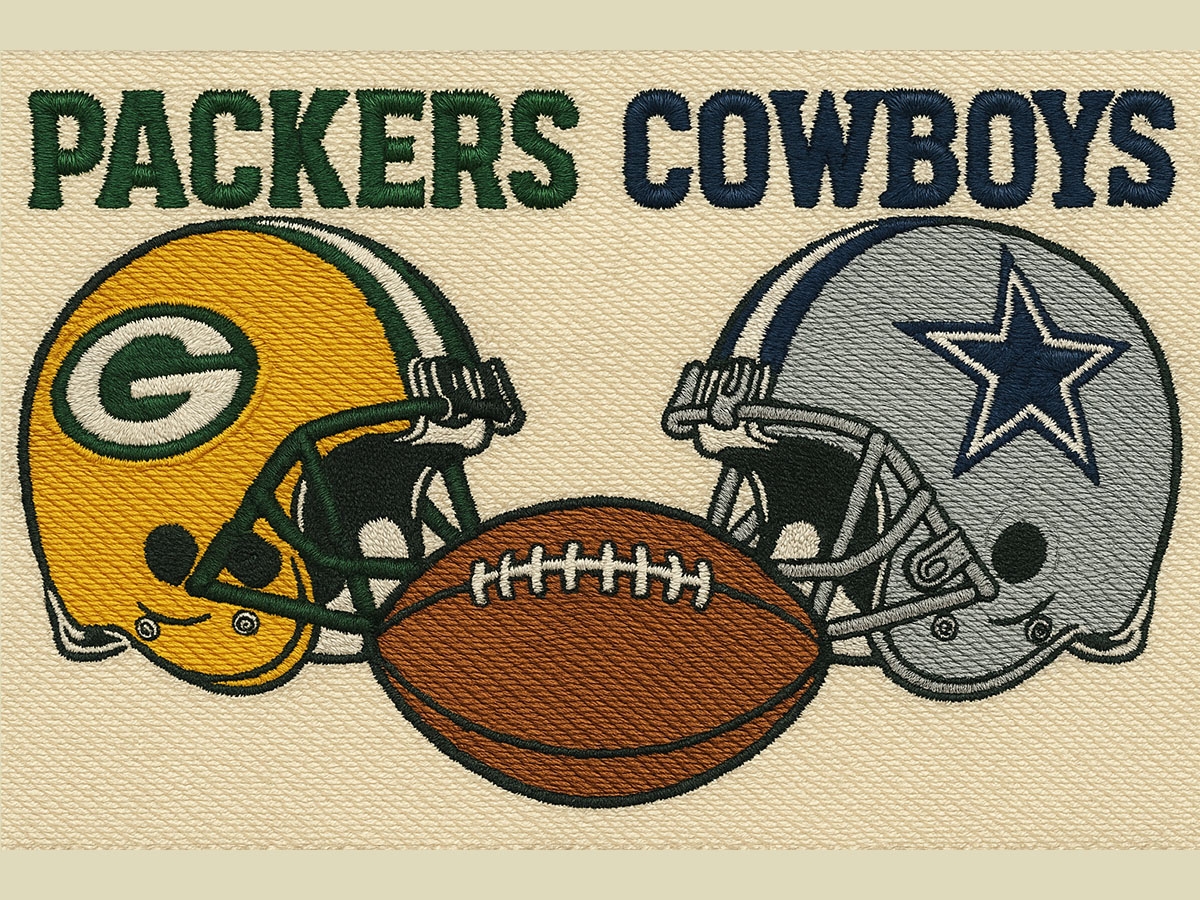
Once vector art and digitizing are complete, designs can be stitched into custom patches. Patches are one of the most versatile embroidery products. They can be mass-produced, stored, and applied later with sewing, Velcro, or iron-on adhesive. This flexibility makes them useful across industries.
Custom patches also come in different types. Embroidered patches create a textured, classic look. Woven patches capture fine detail, PVC patches bring modern durability, and sublimated patches provide vibrant photographic detail. From military insignias and sports logos to fashion accessories and event souvenirs, patches remain a timeless solution.
Unlike direct embroidery, patches can be applied to multiple garments or accessories, making them cost-effective and adaptable. This is why custom patches remain in demand for businesses, teams, and individuals alike.
How the Three Work Together
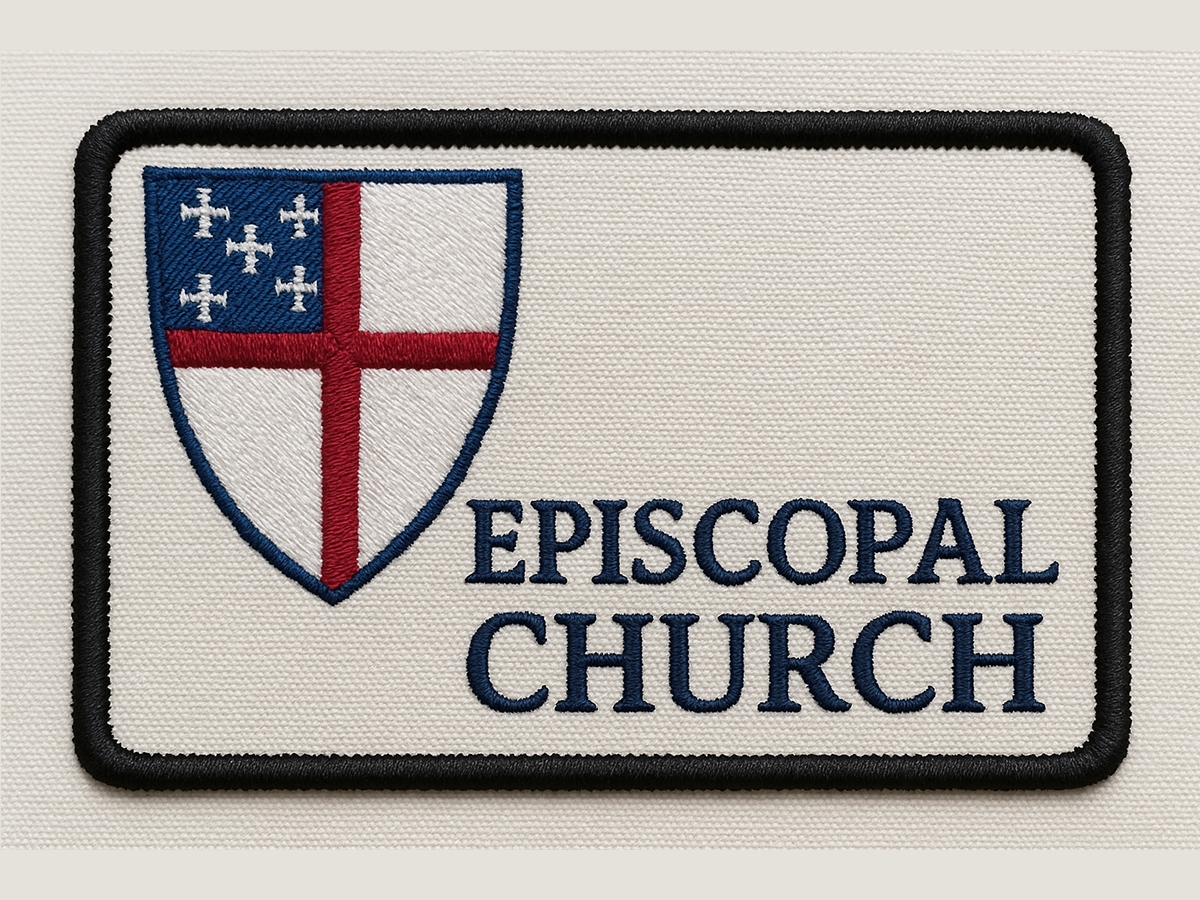
The connection between embroidery digitizing, vector art, and custom patches is seamless. A design begins as an idea or sketch. It is first converted into vector format, ensuring sharp lines and scalable proportions. Next, the vector artwork is digitized into a stitch-ready file. Finally, the design is embroidered into a custom patch, creating a durable, versatile product.
Each stage depends on the one before it. Without vector art, digitizing loses clarity. Without digitizing, embroidery machines cannot read designs. Without patch production, the design cannot be worn or displayed. When all three steps are handled professionally, the result is embroidery that stands out.
Conclusion
The combination of embroidery digitizing, vector art, and custom patches has changed the way designs are created and shared. Digitizing ensures precision, vector art provides clarity, and patches make designs versatile and long-lasting. Together, they create a pathway from concept to finished product.
For businesses, this means consistent branding. For sports teams, it means unity. For fashion designers, it means style and innovation. For individuals, it means personalization.
At DigitEMB, every project is guided by expertise—from preparing vector files to digitizing artwork and producing high-quality custom patches. The result is embroidery that does more than decorate. It creates lasting impressions.
